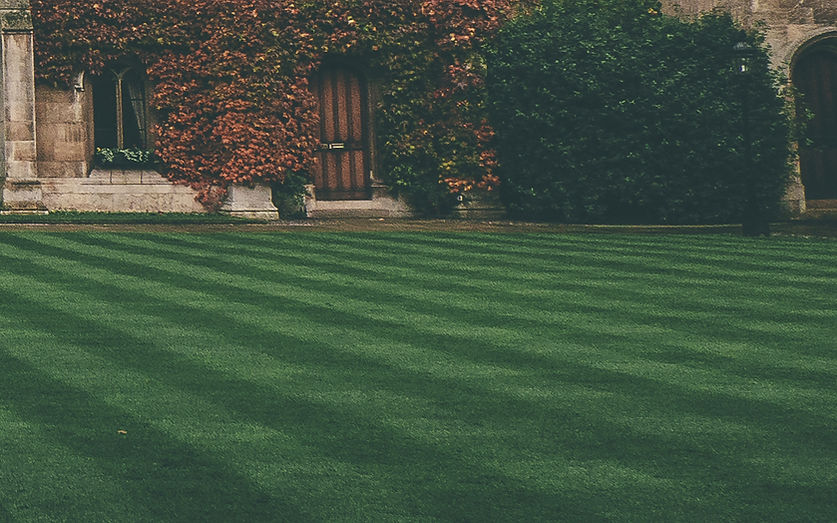

LOS ANGELES
LAWN REMOVAL
PROGRAM
METHODS
This study is based on archived images from Landsat 7 and 8 gathered from the Geological Survey Earth Explorer Database. The images have a spatial resolution of thirty meters by thirty meters causing it to show not just the County of Los Angeles but the surrounding region. However, these images did not show the southern boundary of Los Angeles, images from Long Beach were also used in order to create a complete image of Los Angeles. The mosaic tool was used in ENVI in order to complete this, ENVI will be used to display and evaluate images for the entirety of this study. The images used for both Los Angeles and Long Beach are from 2013-2016, one image taken in August was chosen for each year with a total of four. July through September are summer months. In order to assess change in vegetation cover due to the MWD program, a normalized difference vegetation index (NDVI) will be done. Landsat 7 and 8 have bands that capture the amount of reflected light in the near infrared and red sections of the electromagnetic spectrum. Change in vegetation cover for these images will be analyzed through the NDVI ratio;
The change in temperature for certain areas will also be analyzed using the Landsat 7 images’ thermal band. Landsat 7’s thermal band, 6, were acquired at 60-meter spatial resolution but have been resampled to 30-meter pixels.
The change detection tool in ENVI 5.0 was used to show the change over the 975 sample parcels for both NDVI and Thermal between our initial year, 2013, and our final year, 2016.
The vector data used for this study consists of the city boundaries for the City of Los Angeles, the region of interest in which the points fall into, as well as the points that indicate homes that have received the MWD Turf Replacement Programs rebate to modify their lawns.
